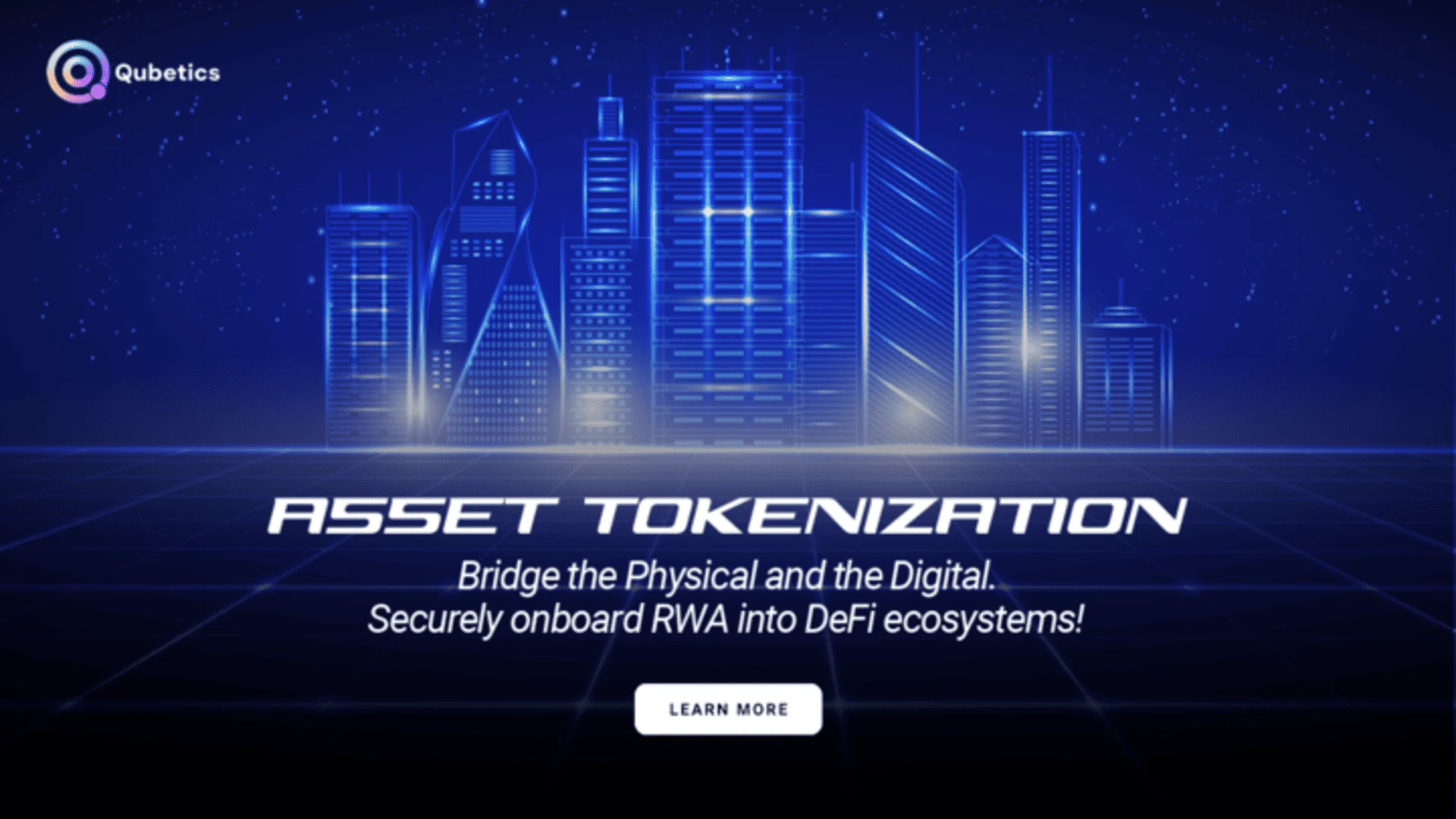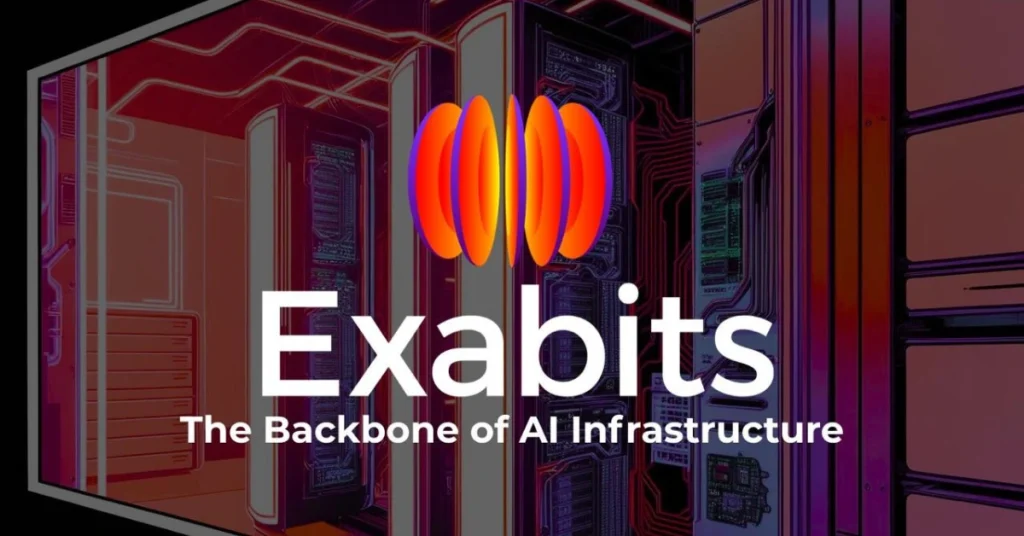
Hedera (HBAR)
What tools does Nimbus offer for effortlessly monitoring Hedera?
Nimbus provides a user-friendly tracking solution equipped with intuitive tools to monitor Hedera effortlessly. These tools are specifically designed for user convenience, allowing individuals to stay seamlessly updated on the latest trends, prices, and information related to Hedera. Users can also explore the world of cryptocurrency effortlessly while simultaneously tracking Hedera prices. The platform also offers insights into profit and loss, providing a comprehensive experience without the complexity typically associated with monitoring cryptocurrencies.
How does Nimbus enable tracking Hedera prices with profit and loss?
Nimbus facilitates the tracking of Hedera prices with profit and loss through seamless integration with your crypto wallet for portfolio monitoring. By connecting with your crypto wallet, Nimbus provides a clear and comprehensive overview of various metrics, including profits, losses, revenue, expenses, return on investment (ROI), and other essential financial indicators. This integration ensures that users can analyze their cryptocurrency portfolio with precision, gaining valuable insights into their financial performance. With Nimbus, users can navigate the cryptocurrency landscape with a perfect blend of simplicity and sophistication, enhancing their ability to make informed investment decisions.
How does Nimbus analyze Hedera, and what insights does it provide?
Certainly! Nimbus possesses a robust analysis tool that is adept at evaluating and interpreting Hedera . The tool employs diverse strategies, including delving into metadata details, tracking marketplace data, and calculating performance metrics such as Return on Investment (ROI). Through these methodologies, Nimbus provides users with valuable insights into the composition and performance of their Hedera. Users can gain a comprehensive understanding of their investment. The analysis tool ensures that users are equipped with the necessary information to navigate the cryptocurrency landscape with confidence and intelligence.
Trending News
Bitcoin vs. Gold? Gen Z Might Prefer Qubetics—Is It the Most Potential Crypto Compared to Cardano and Cronos?
With Gen Z leaning toward next-gen digital assets, Qubetics may be the most potential crypto in today’s shifting market. Compare its real-world tokenization use case to Cardano and Cronos, based on the latest developments.
BlockchainReporter
Jun 06, 2025


Bitcoin vs. Gold? Gen Z Might Prefer Qubetics—Is It the Most Potential Crypto Compared to Cardano and Cronos?
With Gen Z leaning toward next-gen digital assets, Qubetics may be the most potential crypto in today’s shifting market. Compare its real-world tokenization use case to Cardano and Cronos, based on the latest developments.
BlockchainReporter
Jun 06, 2025
Apple, X, Airbnb, Google join other Big Tech firms exploring stablecoin adoption: report
They join other Big Tech firms, such as Meta and Uber, in weighing whether to adopt dollar-pegged assets for cheaper transactions.
The Block
Jun 06, 2025


Apple, X, Airbnb, Google join other Big Tech firms exploring stablecoin adoption: report
They join other Big Tech firms, such as Meta and Uber, in weighing whether to adopt dollar-pegged assets for cheaper transactions.
The Block
Jun 06, 2025
Coinmerce gaat maandelijkse kosten rekenen voor Custody accounts
Coinmerce komt met opvallende wijzigingen in hun dienstverlening. Gebruikers moeten binnenkort kiezen tussen een gratis Normaal account of een Custody account waarvoor ze elke maand moeten betalen. De wijziging hangt samen met de nieuwe Europese MiCAR regelgeving. Maar waar Coinmerce geld vraagt voor extra veiligheid, blijven grote platforms als Bitvavo...
Blockchain Stories
Jun 06, 2025


Coinmerce gaat maandelijkse kosten rekenen voor Custody accounts
Coinmerce komt met opvallende wijzigingen in hun dienstverlening. Gebruikers moeten binnenkort kiezen tussen een gratis Normaal account of een Custody account waarvoor ze elke maand moeten betalen. De wijziging hangt samen met de nieuwe Europese MiCAR regelgeving. Maar waar Coinmerce geld vraagt voor extra veiligheid, blijven grote platforms als Bitvavo...
Blockchain Stories
Jun 06, 2025
Exabits’ RWA Approach To Tokenized GPU Power Democratises AI Cloud Computing Ownership
The post Exabits’ RWA Approach To Tokenized GPU Power Democratises AI Cloud Computing Ownership appeared first on Coinpedia Fintech News
CoinPedia
Jun 06, 2025


Exabits’ RWA Approach To Tokenized GPU Power Democratises AI Cloud Computing Ownership
The post Exabits’ RWA Approach To Tokenized GPU Power Democratises AI Cloud Computing Ownership appeared first on Coinpedia Fintech News
CoinPedia
Jun 06, 2025
Ripple USD (RLUSD) Volume Down 57%, Bigger Threat to XRP?
Ripple's stablecoin volume slips amid changing sentiment on broader crypto market
U.Today
Jun 06, 2025


Ripple USD (RLUSD) Volume Down 57%, Bigger Threat to XRP?
Ripple's stablecoin volume slips amid changing sentiment on broader crypto market
U.Today
Jun 06, 2025
HBAR Market Statistics
Price USD
$0.15096Market Cap
$5,690,149,409.08Total Volume USD
$3,567,974,413.55Total Supply
50,000,000,000.00 HBARCirculating Supply
37,693,033,213.05 HBARFully Diluted Market Cap
$7,548,012,091.41Socials
Official links
Join us to Maximize your Returns & Minimize your Risk
Gain access to all exclusive data, insight that can make your investment more joy